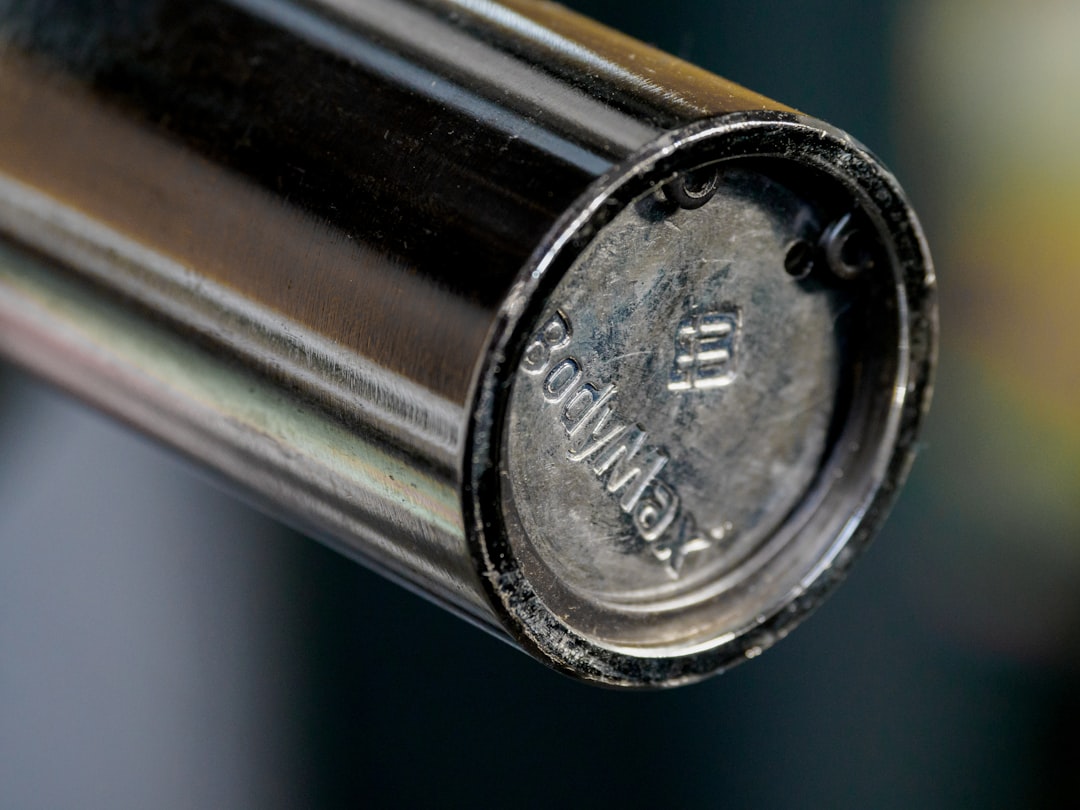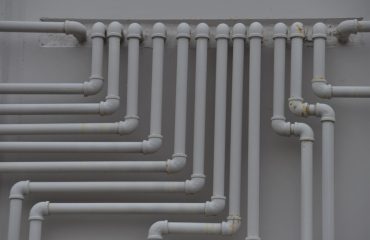The world of steel pipes is vast and complex, with various manufacturing processes leading to pipes with distinct properties and applications. Two prominent methods are hot-finishing and heat-treating. While both involve high temperatures, they differ significantly in their approach and the resulting characteristics of the final product. This comprehensive guide will explore the nuances of hot-finished and heat-treated pipes, helping you understand their strengths, weaknesses, and ideal applications.
1. The Hot-Finishing Process: Strength from Shaping
Hot-finishing is a primary steel pipe manufacturing method. It involves heating a steel billet (a semi-finished product) to a high temperature, typically above its recrystallization temperature, making it malleable and easily shaped. This heated billet is then passed through a series of rollers, gradually reducing its diameter and forming a seamless pipe. The process is continuous and highly efficient, allowing for the production of large quantities of pipes with consistent dimensions. The high temperature also refines the grain structure of the steel, contributing to improved strength and ductility.
Key Characteristics of Hot-Finished Pipes:
- High strength and ductility
- Good weldability
- Relatively low cost due to high production efficiency
- Suitable for a wide range of applications
- Typically has a slightly rougher surface finish compared to cold-finished pipes
2. Heat Treatment: Tailoring Properties for Specific Needs
Heat treatment is a secondary process applied to already formed pipes, typically hot-finished ones. It involves precisely controlled heating and cooling cycles to modify the microstructure of the steel, thereby altering its mechanical properties. Different heat treatments, such as annealing, normalizing, quenching, and tempering, are used to achieve specific characteristics, such as increased hardness, strength, or toughness.
Common Heat Treatment Methods and their Effects:
- Annealing: Reduces stress and improves ductility, making the pipe easier to machine.
- Normalizing: Refines the grain structure, improving strength and toughness.
- Quenching and Tempering: A two-step process. Quenching rapidly cools the steel, increasing hardness. Tempering then reduces brittleness and improves toughness.
3. Comparing Mechanical Properties: Strength, Ductility, and Hardness
The mechanical properties of hot-finished and heat-treated pipes differ significantly. Hot-finished pipes generally exhibit good strength and ductility, suitable for many applications. However, heat treatment allows for precise control over these properties. For instance, quenching and tempering can produce pipes with significantly higher yield strength and hardness, ideal for high-stress applications. On the other hand, annealing can result in increased ductility, making the pipe more formable.
Property Comparison Table (General):
| Property | Hot-Finished | Heat-Treated (e.g., Quenched & Tempered) |
|---|---|---|
| Yield Strength | Moderate | High |
| Tensile Strength | Moderate | High |
| Ductility | Good | Lower (depending on treatment) |
| Hardness | Moderate | High |
4. Application Divergence: Where Each Pipe Type Excels
The choice between hot-finished and heat-treated pipes depends heavily on the intended application. Hot-finished pipes are widely used in applications requiring good strength and ductility at a lower cost, such as:
- Structural applications
- Pipelines for water, gas, and oil transport
- General-purpose piping systems
Heat-treated pipes, with their tailored properties, are preferred for applications demanding high strength, hardness, or specific toughness characteristics, such as:
- High-pressure pipelines
- Components in machinery and equipment
- Applications requiring resistance to wear and tear
- Automotive and aerospace industries
5. Cost Considerations: Balancing Performance and Budget
Hot-finished pipes are generally less expensive than heat-treated pipes due to the simpler manufacturing process. The additional steps involved in heat treatment, including precise temperature control and specialized equipment, contribute to the higher cost. However, this higher cost is often justified in applications where the enhanced mechanical properties are crucial for safety, performance, or longevity. The ultimate decision often involves a cost-benefit analysis, balancing the desired properties with the budget constraints of the project.
In conclusion, understanding the differences between hot-finished and heat-treated pipes is crucial for selecting the right material for any given application. By considering their respective manufacturing processes, mechanical properties, applications, and cost implications, engineers and designers can make informed choices that ensure both performance and economic viability.
SEO Tags:
#hotfinishedpipes #heattreatedpipes #steelpipes #pipemanufacturing #mechanicalproperties




